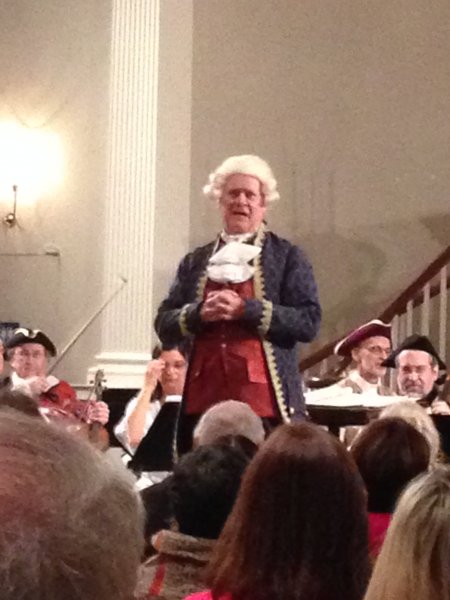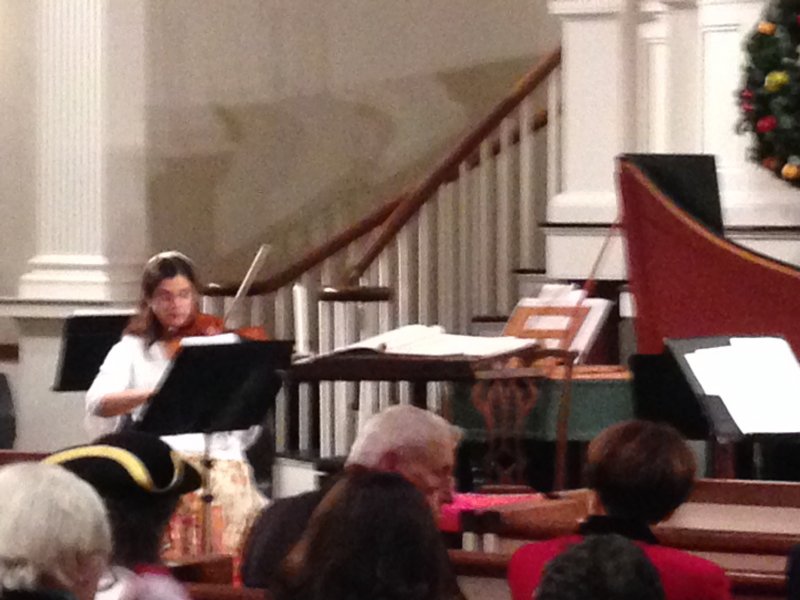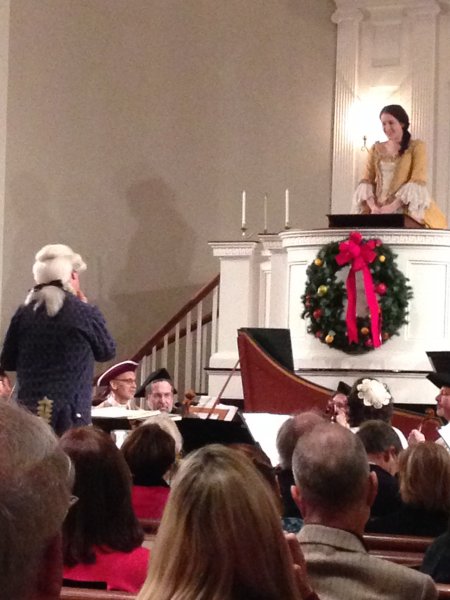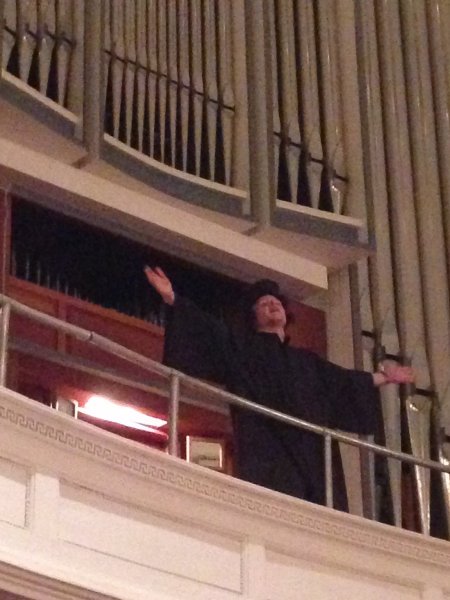On this beautiful, crisp day, I took a ride in the country to the Katonah Art Museum in upstate  New York. I don’t know exactly where I left one state for another, but the winding roads, the rise and fall of the hills, and the roadside stone fences topped with snow were as pretty as a holiday card.
New York. I don’t know exactly where I left one state for another, but the winding roads, the rise and fall of the hills, and the roadside stone fences topped with snow were as pretty as a holiday card.
I passed several frozen-over lakes covered with a white blanket of snow. A huge hawk, that looked like a peregrine, flew right above me, before landing on an electric wire along the road.
Just a bit over an hour after leaving New Haven, I made it to see the exhibit “Eye to I…3,000 Years of Portraits” at the museum. What I didn’t realize until looking at the object labels is that most of the 65 works came from private collections. After spending over a year tracking down one painting from a private collection for my thesis, I wondered how in the world this tiny museum and its staff could ever mount such a show.
Turns out, Katonah is a very wealthy town, unlike much of upstate New York, and locals put up objects from their collection with such diverse art historical greatest hits as works by Andy Warhol, Édouard Vuillard, Chuck Close, Robert Henri, John Singleton Copley, Duane Hanson, Cindy Sherman, Félix González-Torres, Diane Arbus, and Gordon Parks. An ancient Egyptian bust of Amenhotep III is placed next to a Rodin bronze head of the artist’s lover and housekeeper Rose Beuret, a Nigerian mask with the computer-generated imagery “Mirror No. 12” by Daniel Rozin.
Rozin’s work engages the viewer in a particularly intriguing and interactive way. A mirror incorporates the  viewer into a computerized view of the gallery. The image is then shattered into shards, the color flattened, and the scene slowly sways from side to side. The curator describes the result as “digital but incredibly painterly.” Can you make me out in this image?
viewer into a computerized view of the gallery. The image is then shattered into shards, the color flattened, and the scene slowly sways from side to side. The curator describes the result as “digital but incredibly painterly.” Can you make me out in this image?
Here are a few other works I really liked.
My girl Florine Stettheimer is represented. How rare to see one of her works, and this is a famous portrait she made of her friend, and supposedly her lover, Marcel Duchamp in 1923. Of her limited catalogue, I can check off another I’ve seen in person!
Diane Arbus’s photograph of “Soothsayer Madame Sandra California, 1963.” Did the woman ever make a photograph that wasn’t a classic?
Same with Gordon Parks. Here is “Little Richard, Harlem, New York, 1967.” I really like those 1960s photographers.
Anne-Karin Furunes, “Portraits of Archive Pictures” uses optics to confound, then allow our ability to see. She appropriates archival images and then tampers with the image. At varying angles, it’s unreadable, emerges like a ghost, then clarifies as Anne Frank.
Julian Opie plays with how we see, too. “This is Monique” from 2004 shows this seemingly static portrait of Monique. If you stay with her…
she starts to smile (it gets bigger than this).
frowns (it gets deeper than this),
and seems to react in surprise at something you say to her.
Talk about unexpectedly interactive!
These works won’t be readily seen again, as they mostly live in private collections. So if you get a chance to run up to Katonah, the show is on until February. The pretty drive alone is worth it. The portraits create a dialogue to take you home.
February. The pretty drive alone is worth it. The portraits create a dialogue to take you home.
Unless you want to linger and visit John Jay’s homestead. It was closed today, but I enjoyed walking the grounds a bit, seeing some of the farm.
I headed home via Litchfield, CT, where I met with woodworker Tom Kyasky. He’s going to build a bed for me in the style of Duncan Phyfe. Pretty classy, eh? Very soon, I will get to have a little bit of American decorative arts history to lull me to sleep, after a satisfying day trip over the hills and through the woods.


































 Hotel des Artistes
Hotel des Artistes





















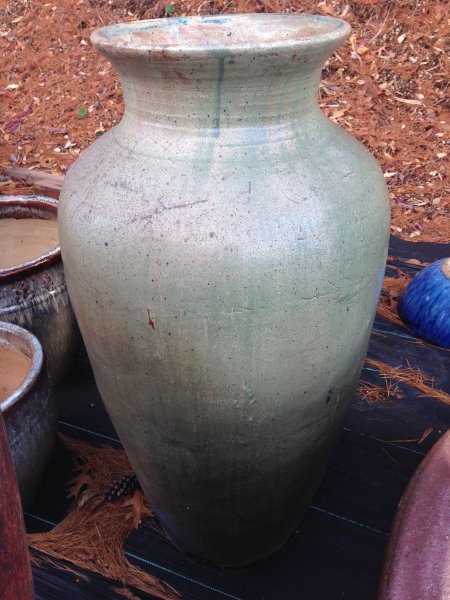
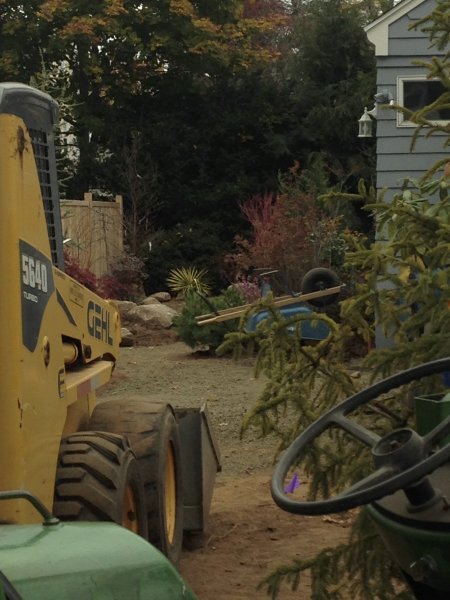















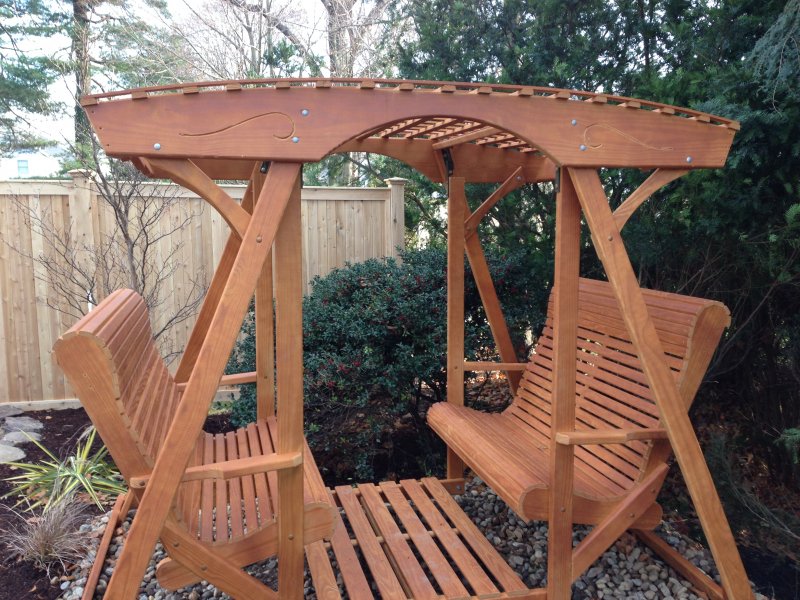












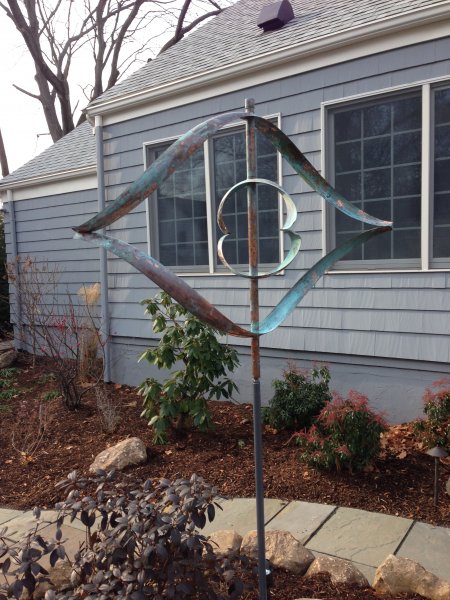
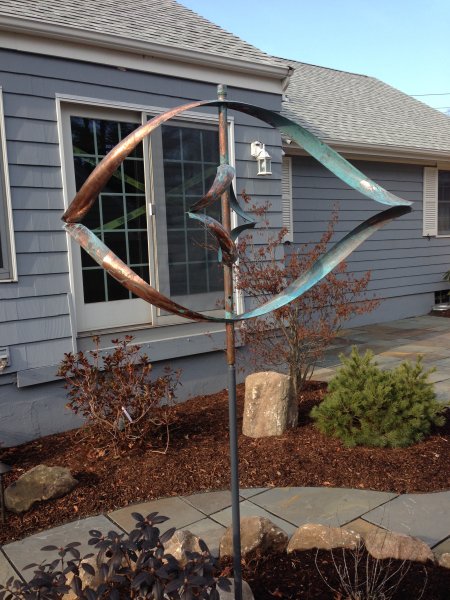

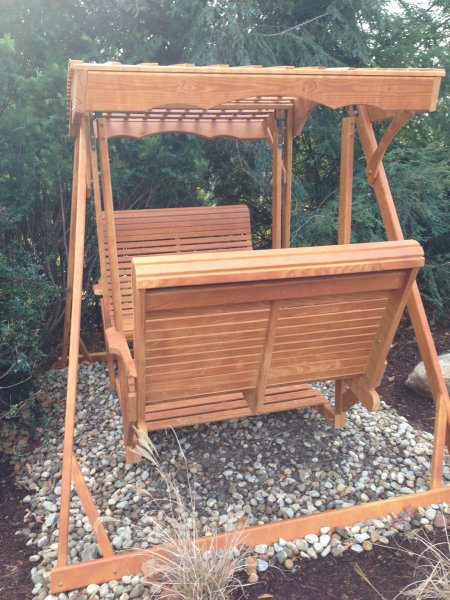

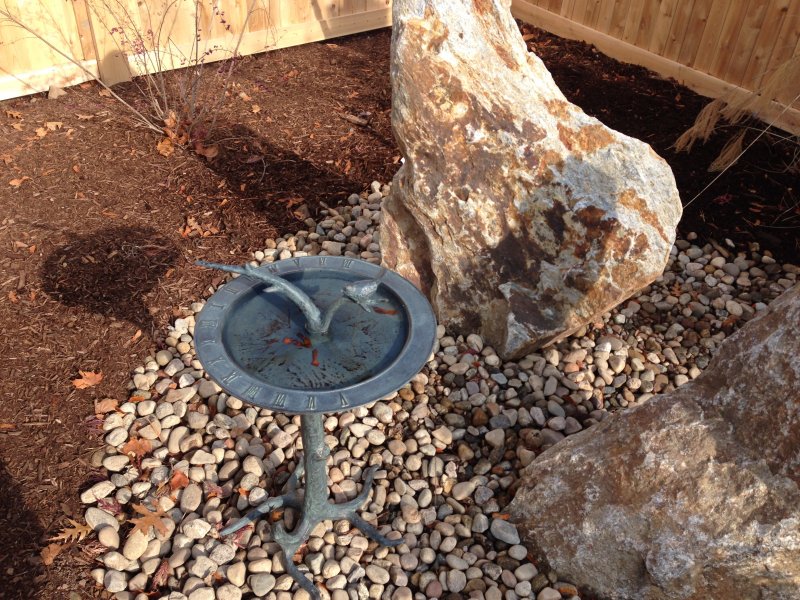


 Mr. James Sinclair, the director, was born in Cambridge, Mafsachufetts in 1724 and prides himself on bringing the latest music from overseas to the colonies and now new country. This night was the premier of the new ‘Hayden” Sinfony in D. And it was a charmer.
Mr. James Sinclair, the director, was born in Cambridge, Mafsachufetts in 1724 and prides himself on bringing the latest music from overseas to the colonies and now new country. This night was the premier of the new ‘Hayden” Sinfony in D. And it was a charmer.
